If you’ve never been to Japan but have always wanted to go, Tokyo is the perfect place to start. This 5-day itinerary is specifically made for first-time visitors. But even if you’ve traveled before, you’ll still find useful tips here. Follow along for a fun and memorable Tokyo adventure!
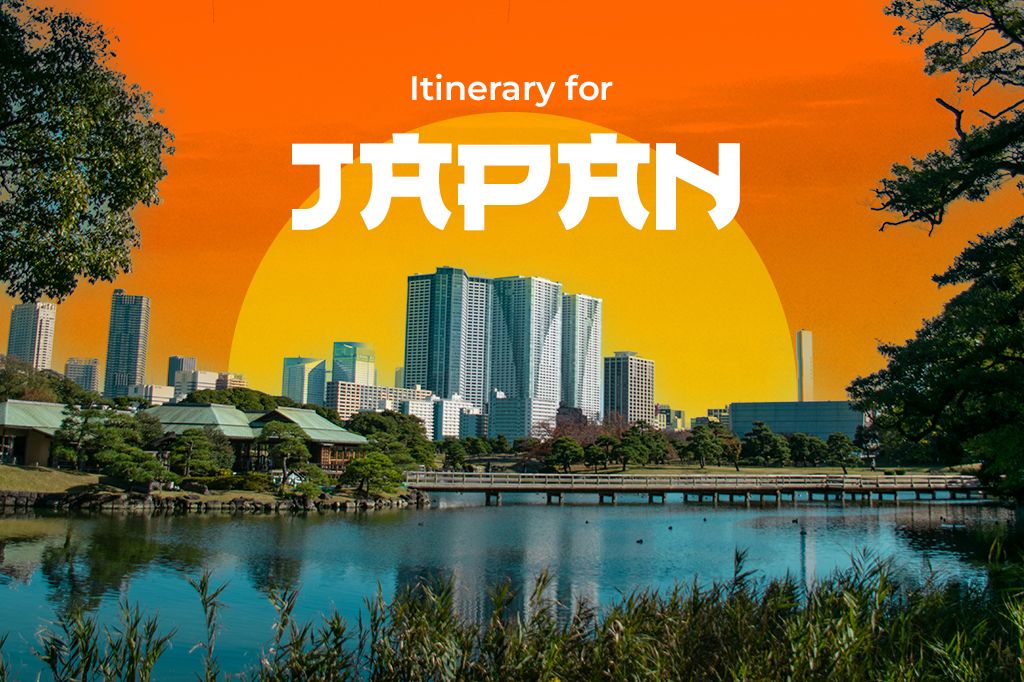
Picture by Mohamed Awwam on Unsplash
What You Should Know Going to Tokyo?
What is so attractive about Tokyo?
Tokyo is one of the few cities where centuries-old temples sit beside modern skyscrapers. You can visit Senso-ji, Tokyo’s oldest temple, in the morning and shop for electronics in Akihabara by afternoon. The city offers everything from peaceful gardens like Shinjuku Gyoen to the nightlife of Shibuya.
Money and how to pay
Japan uses the Japanese Yen (JPY). In Tokyo, many larger stores, train stations, and hotels accept credit cards and IC cards like Suica or Pasmo. However, many ramen shops, market stalls, temples, and small businesses still only accept cash. Carry at least ¥10,000–¥20,000 (roughly $70–$140) in cash for daily use.
Learn basic courtesy
Japanese people are polite, so try to emulate that while you’re visiting Tokyo. After all, you’ll only be there for 5 days. Always take off your shoes before entering homes, temples, and other traditional accommodations. Don’t speak loudly in public or on trains, and bow slightly when saying thank you or meeting someone new.
Internet conection
Free and public Wi-Fi is not as standard in Tokyo as it may be in your country, so don’t rely on it for your internet connection. Instead, try a free eSIM from Yoho Mobile! You’ll stay better connected, informed, and up-to-date with any events you might want to catch in Tokyo. When you decide that you can’t travel with one, you can use our promo code YOHO12 for a 12% off on your purchases!
How to Spend 5 Days in Tokyo, Japan
Start your first day in Tokyo with a relaxing walk through Yoyogi Park, one of the city’s biggest green spaces. It’s a calm, quiet place that’s great for a morning stroll or a casual picnic. If you’re visiting in spring, you’ll get to see the beautiful cherry blossoms in full bloom.
Just a short walk away, it’s like stepping into another world, with the Meiji Jingu Shrine offering visitors a serene forest setting and an authentic cultural experience. It’s one of Tokyo’s most important Shinto shrines, and it was dedicated to Emperor Meiji, who helped modernize Japan.
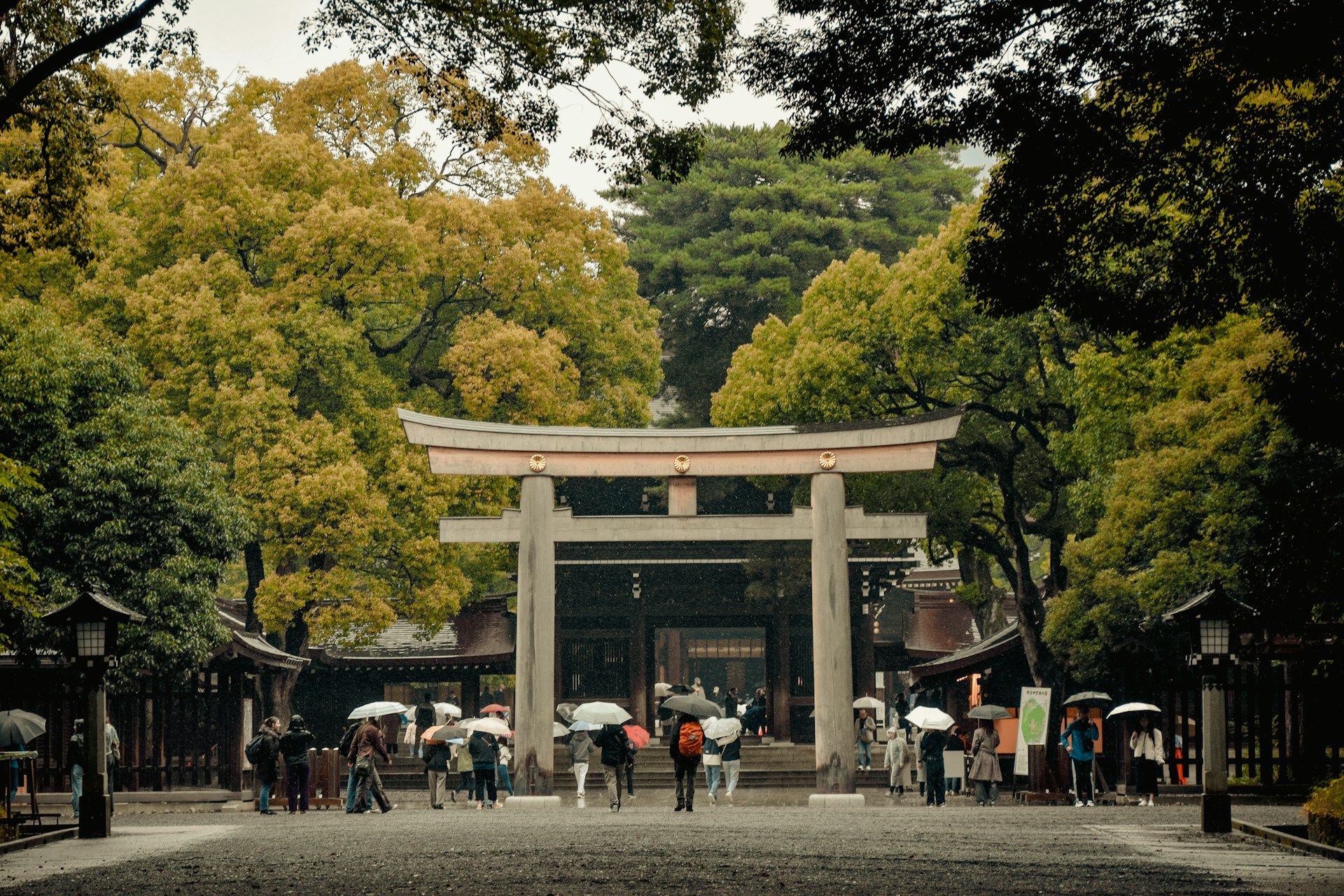
Omotesando is one of Tokyo’s most stylish and striking neighborhoods, and a great place to visit on your very first day. Some people like to call it the “Champs-Élysées of Tokyo”, alluding to the tree-lined streets, but we assure you, the area has a character of its own.
There are plenty of stores to visit there, from essential and famous brands like Dior and Issey Miyake in the Omotesando Hills, to more unique shops, like Kiddy Land, where you can buy Japanese toys as souvenirs. Afterwards, you can sit down in a quiet cafe like Aoyama Flower Market Tea House. It’s a little cafe hidden inside a flower shop where you can enjoy a lovely tea among fresh blooms. If you feel like making a more cultural visit, you can pass by the Nezu Museum to enjoy its impressive art collection and peaceful garden, a relaxing and inspiring spot.
Day 2: Shibuya and Nearby Areas
Many people associate Shibuya with Tokyo, just as others think of Manhattan when they envision New York. This neighborhood has such high energy that it stays with you even after you leave. After all, it’s the nightlife, fashion, and young culture center of Tokyo.
One of the most iconic places in Shibuya is not a building, but a pedestrian crossing. But don’t be fooled, there are some days when as many as 3,000 people cross it all at once! It’s overwhelming and chaotic, so it’s better to observe it from afar. And the best point for that is Shibuya Sky, to get an aerial view, or Starbucks Tsutaya across the street to see it up close.
Another very famous spot that you have to visit if you’re in Shibuya is the Hachiko Statue. This is one of Japan’s most incredible and heartbreaking stories, and a lovely tribute to the loyal dog. It has become a very popular spot for photos and reunions, as it’s conveniently located near the station.
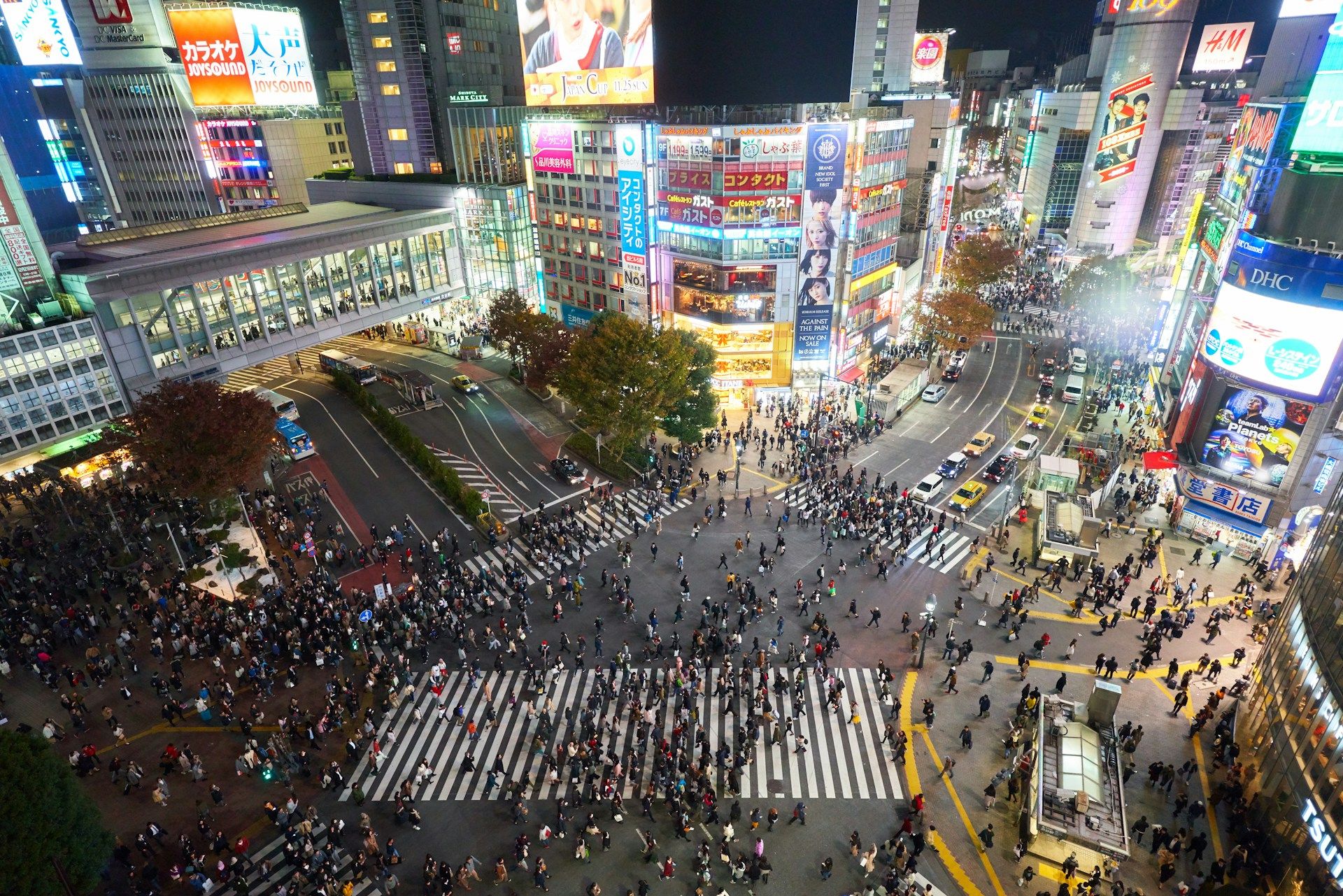
Photo by Timo Volz on Unsplash
Shibuya Scramble Square is probably the most iconic view of all Shibuya, but it’s not just about the views; it’s also a food lover’s paradise with countless dining options to explore. If you’re craving something local, head to renowned ramen spots like Ichiran or Afuri. Ichiran Ramen is famous for its Tonkotsu, a delicious pork bone broth ramen. The ambiance is excellent, even if you’re a solo traveler, as many clients go there on their own. At Afuri Ramen, their signature dish is the Yuzu Shio Ramen, a clean, citrusy broth with a delicate flavor, typically served with chicken chashu, nori, and bamboo shoots.
While you’re still in Shibuya, you have to stop by one of the nearby neighborhoods, like Shimokitazawa. It’s just a short train ride away and perfect for exploring in an afternoon. It’s full of quirky vintage shops, like Haigh & Ashbury, which specializes in 1960s American and European clothing, with curated items such as leather jackets and antique dresses. There’s also Village Books, where you can find all kinds of weird stuff aside from books. Things so unthinkable, like wasabi toothpaste, rubber chickens, and retro anime merch, all on the same shelf.
Day 3: Tokyo’s Traditions and Hidden Gems
Let’s move on to another modern and geeky area in Tokyo. The otakus out there will know that we’re talking about none other than Akihabara. It’s definitely a fun way to start your third day, and a spot you can’t miss on your itinerary to Tokyo. It’s a paradise for anime, manga, and electronics fans, with stores like Yodobashi Camera featuring cool gadgets and Mandarake’s endless shelves of collectibles.
If you’re looking for something truly unique to do there, consider visiting a Maid Cafe, such as @Home Cafe. There, you can enjoy the unique experience of having lovely Japanese women serving you cute food and drinks, dressed up as maids.
After all the high energy and incredible sights of Akihabara, how about a refreshing walk across one of Tokyo’s most iconic, beloved, and historic public spaces? Ueno Park was originally part of the grounds of Kaneiji Temple until it was transformed into one of the first public parks in Japan in 1873. And it’s not just any public park; it’s so large that it houses multiple museums, a zoo, a shrine, and several ponds. You have several options available.
You can visit the Ueno Zoo, which is actually Japan’s oldest zoo, founded in 1882. It’s a favorite of kids and adults, as you can see pandas among many other species. There’s also Tokyo National Museum if you like art and history, or the National Museum of Nature and Science, which has some fascinating exhibits. Even if you don’t explore the buildings, the park has a relaxing atmosphere that feels like a little getaway from the busy city, so it’s worth adding to your Tokyo itinerary.

Photo by Andy Holmes on Unsplash
Day 4: Shinjuku Gardens, Skyscrapers, and Nightlife
If you want to get the best aerial view of Tokyo, aside from getting a helicopter ride, the next best option is visiting the Tokyo Metropolitan Government Building. The building itself is impressive, with its unique architecture, height, and iconic status. But the main attraction is up there. You just have to step onto the observation deck and be amazed at what lies in front of your eyes. It’s completely free, which is a significant advantage. On a clear day, you can even make out Mount Fuji’s silhouette in the distance. Take all the time you need, and make plenty of photos. Remember that your Tokyo itinerary still has a bit of time left.
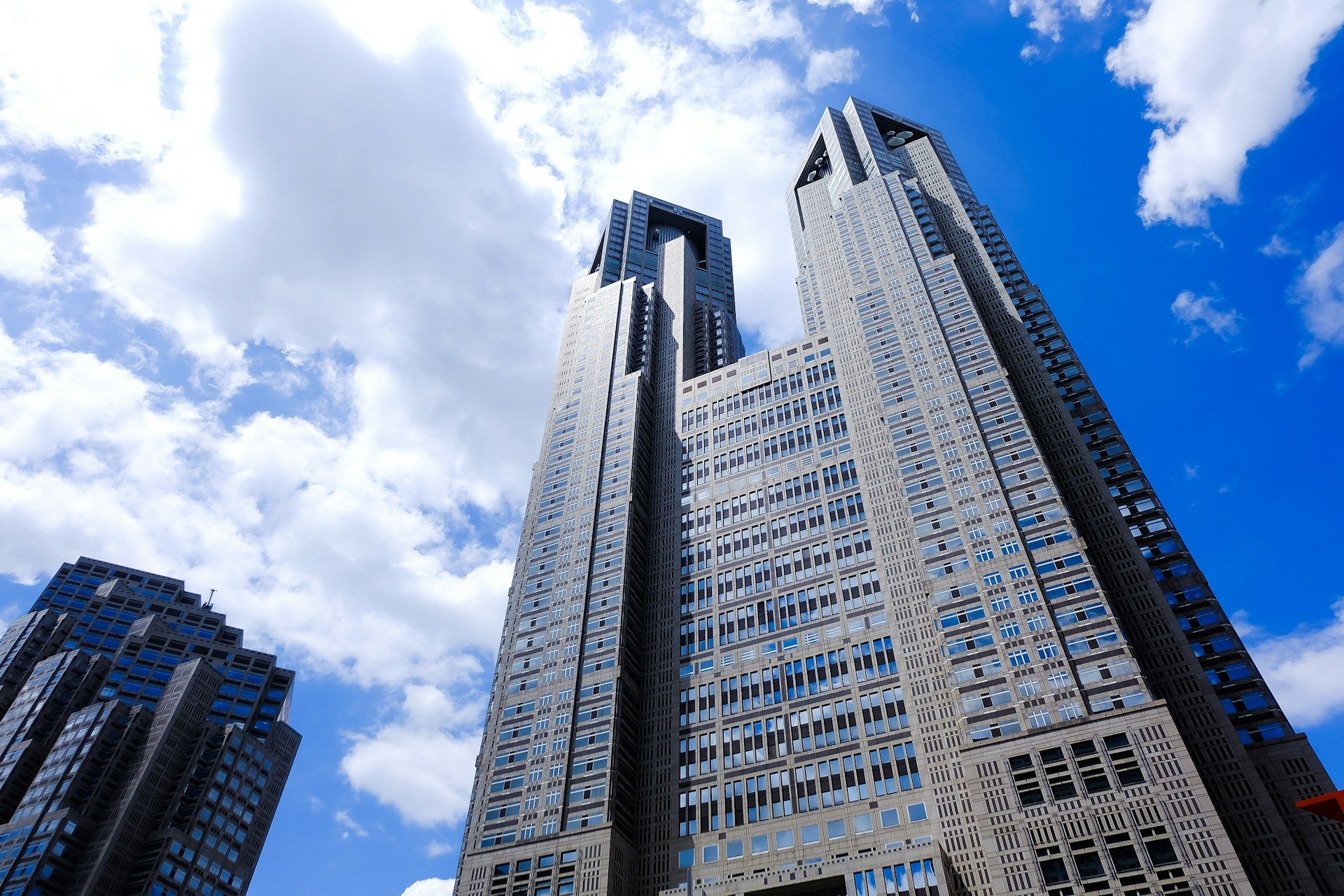
Photo by Fumiaki Hayashi on Unsplash
You’ve already had some ramen, but Japanese cuisine is much varied than that. If you’re craving a dish more filling and meaty, like yakitori, Fuku Yakitori is a fantastic choice. It offers incredible dishes, such as bacon-wrapped asparagus or chicken dumplings, which, paired with its cozy atmosphere, make for an unforgettable visit. You also have Umegaoka Sushi no Midori, a local favorite offering fresh and high-quality options. It has multiple locations, so you can find them in Ginza, Shibuya, and Umegaoka, all with the same incredible quality and tasty sushi.
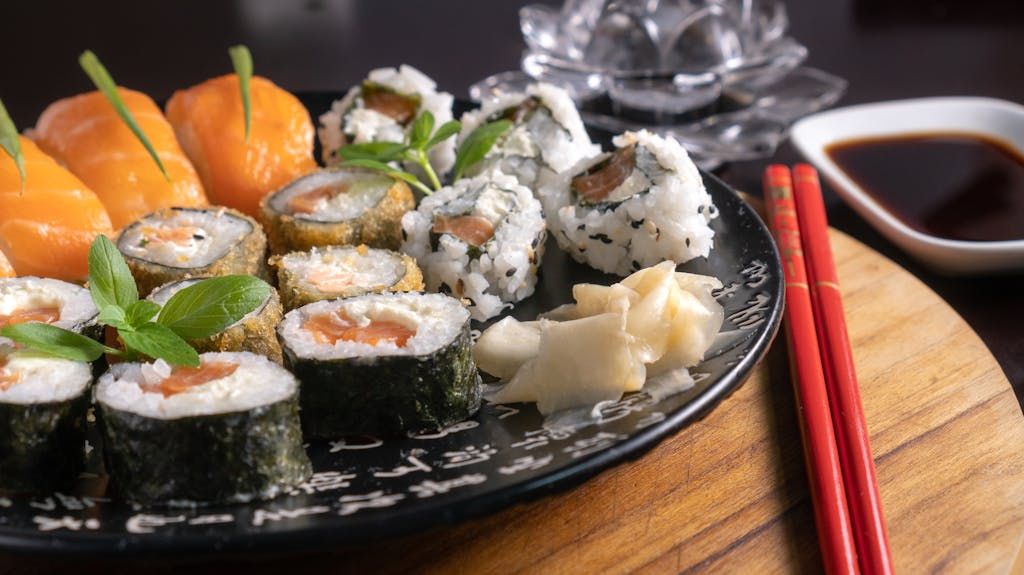
Photo by Diego Pontes
If you’re looking for an authentic, unique, and budget-friendly experience to complement your Tokyo itinerary, we have an excellent option for you. A karaoke night! For most Western people, that idea might seem a bit out of nowhere. However, for Japanese people, karaoke bars are a whole social and cultural experience, whether with friends, coworkers, or even solo.
Don’t worry if you’re not a great singer, that’s not the point. It’s all about the enthusiasm and effort, and it’s a great way to bond with your friends. Places like Big Echo and Golden Gai Karaoke Bars are excellent for tourists. Big Echo has the classic booth that you can rent, offering comfy couches, drinks, and a great ambiance. Golden Gai Karaoke Bars are a completely different experience. It’s not one place, but a whole street full of little locals where you can try drinks and sing for the entire bar.
Day 5: Wrap Up Your Tokyo Itinerary
By this point, you’ve probably visited most of the significant landmarks, but there are still interesting places all around Tokyo that you can complement your itinerary with, like the Toyosu Market. The best time to visit it is during the very early hours of the morning. This might sound odd, but wait until you see the famous tuna auction in action! It’s a very lively process, orderly as everything in Japan is, but with such a contagious energy.
After the auction, you can head to the outdoor market for a delicious sushi breakfast. It will probably be the freshest sushi that you’ve ever tried in your life, as it’s made with fish barely taken out of the sea. And yes, the lines are long, but it’s so worth it.
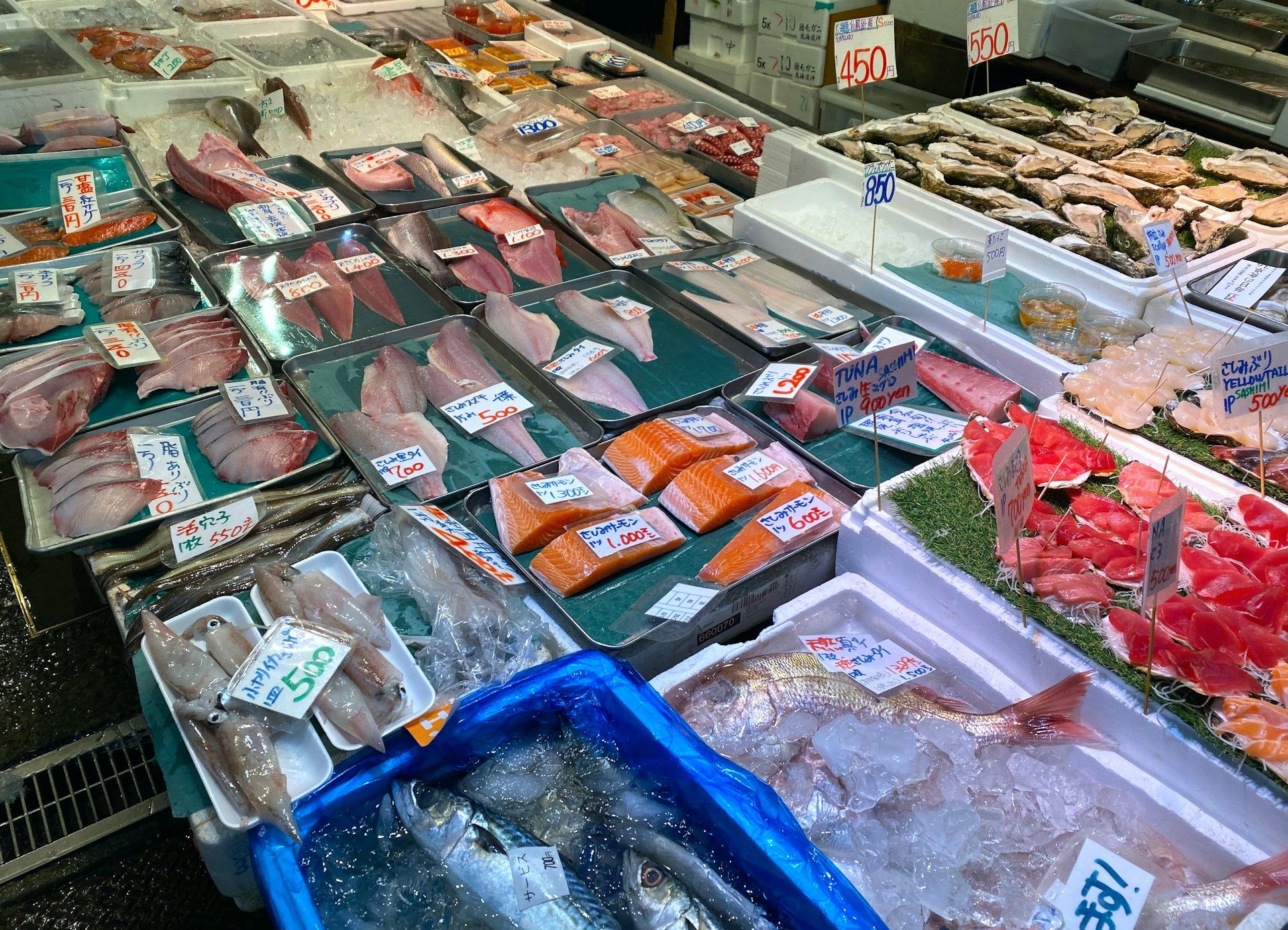
Another historic place that you can’t miss in your itinerary to Tokyo is the Imperial Palace. It’s right in the heart of Tokyo, and the current emperor does live there with his whole family. Of course, this means that most of the inner grounds are off-limits, but you can explore the surrounding gardens. Only twice a year, the inner palace grounds are open, on January 2nd, the New Year Greeting, and on February 23rd, the Emperor’s Birthday. On these days, you can explore all you want, and even see the imperial family appear on a balcony.
The East Gardens, for example, are entirely free to enter, and you can enjoy the Ninomaru garden and the remains of Edo Castle’s foundations. This includes mats, massive stone walls, and guardhouses. There’s also the Nijubashi Bridge, one of the most photographed spots in all of Tokyo. To cross it, you must be on a guided tour, which can be reserved on the Imperial Household Agency website.
Close to the Imperial Palace, there are two noteworthy temples that you might be interested in visiting. One is the Kanda Myojin Shrine, an ancient building with nearly 1300 years of history! It enshrines three powerful deities, including Ebisu, the god of prosperity and good fortune. This has made it pretty popular with students and even IT professionals, who come to pray for success. Because we can all agree that code sometimes needs divine intervention to work out.
The second one is the Zojo-ji Temple, a majestic Buddhist temple from the Jodo sect. It’s a very visually striking building, visible even from the Tokyo Tower. One of the most impressive sights you’ll see there is the massive wooden gate, called Sangedatsumon, that dates back to 1622, as well as the cemetery that houses the mausoleums of 6 Tokugawa shoguns.
Final Words
The 5 days passed by so fast, didn’t they? Tokyo is a fascinating city that entices you, regardless of how frequently you visit. Especially if it’s your first time and you’re unsure where to begin. We hope this 5-day itinerary was helpful and assisted you in planning your trip. Just remember to adjust it and personalize it to your taste!
